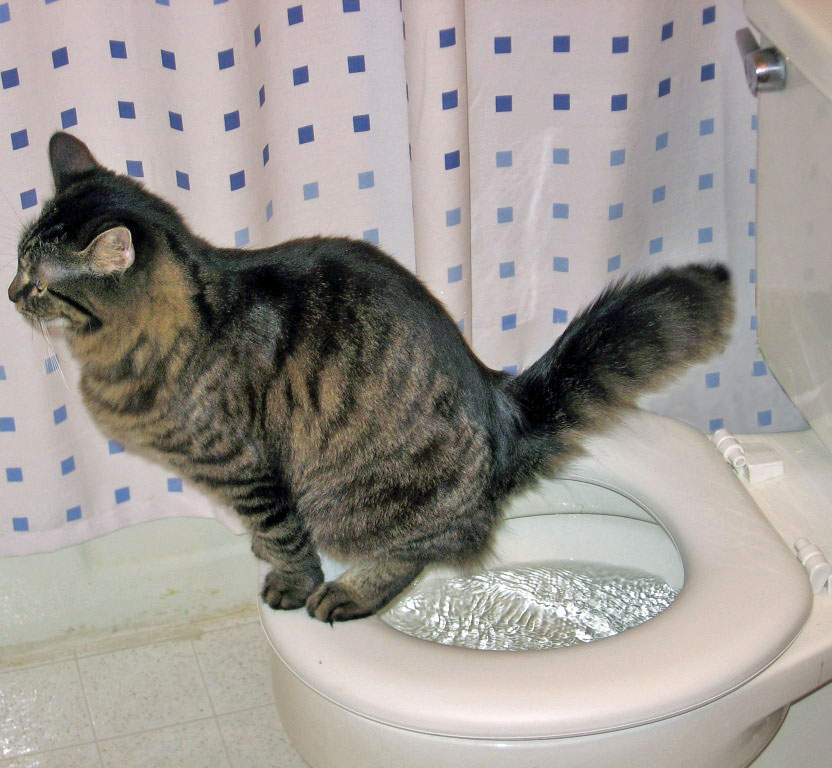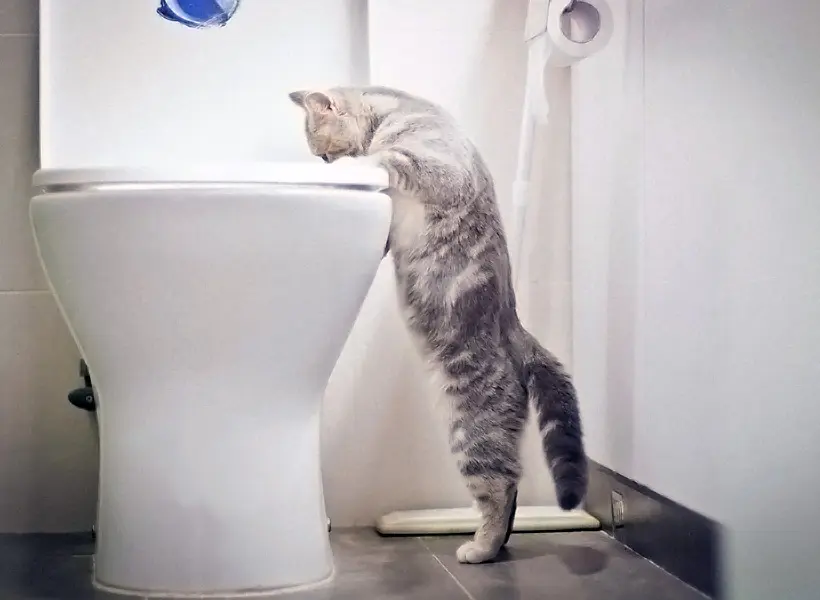Prevent Plumbing Problems: Don't Flush Cat Poop Down Your Toilet - Professional Advice
Prevent Plumbing Problems: Don't Flush Cat Poop Down Your Toilet - Professional Advice
Blog Article
The author is making several good annotation about Can You Flush Cat Poo or Litter Down the Toilet? overall in the article following next.

Intro
As feline owners, it's necessary to bear in mind just how we get rid of our feline good friends' waste. While it may seem hassle-free to flush feline poop down the bathroom, this practice can have destructive effects for both the atmosphere and human wellness.
Environmental Impact
Purging pet cat poop introduces dangerous pathogens and parasites into the water, posing a significant danger to water ecological communities. These contaminants can negatively impact marine life and compromise water quality.
Health Risks
In addition to ecological problems, purging pet cat waste can additionally present health and wellness dangers to humans. Cat feces might consist of Toxoplasma gondii, a parasite that can cause toxoplasmosis-- a possibly extreme disease, particularly for expectant ladies and individuals with weakened body immune systems.
Alternatives to Flushing
Thankfully, there are safer and a lot more liable means to dispose of pet cat poop. Take into consideration the complying with alternatives:
1. Scoop and Dispose in Trash
One of the most typical method of getting rid of cat poop is to scoop it right into a biodegradable bag and toss it in the trash. Make certain to make use of a specialized litter scoop and take care of the waste immediately.
2. Usage Biodegradable Litter
Go with eco-friendly feline litter made from products such as corn or wheat. These clutters are environmentally friendly and can be securely dealt with in the garbage.
3. Hide in the Yard
If you have a yard, think about hiding pet cat waste in a designated area away from veggie yards and water resources. Make certain to dig deep sufficient to avoid contamination of groundwater.
4. Install a Pet Waste Disposal System
Purchase a family pet garbage disposal system particularly created for cat waste. These systems utilize enzymes to break down the waste, minimizing odor and environmental influence.
Final thought
Liable family pet ownership expands past giving food and shelter-- it likewise involves appropriate waste management. By refraining from purging cat poop down the bathroom and going with different disposal methods, we can lessen our ecological footprint and safeguard human wellness.
Why Can’t I Flush Cat Poop?
It Spreads a Parasite
Cats are frequently infected with a parasite called toxoplasma gondii. The parasite causes an infection called toxoplasmosis. It is usually harmless to cats. The parasite only uses cat poop as a host for its eggs. Otherwise, the cat’s immune system usually keeps the infection at low enough levels to maintain its own health. But it does not stop the develop of eggs. These eggs are tiny and surprisingly tough. They may survive for a year before they begin to grow. But that’s the problem.
Our wastewater system is not designed to deal with toxoplasmosis eggs. Instead, most eggs will flush from your toilet into sewers and wastewater management plants. After the sewage is treated for many other harmful things in it, it is typically released into local rivers, lakes, or oceans. Here, the toxoplasmosis eggs can find new hosts, including starfish, crabs, otters, and many other wildlife. For many, this is a significant risk to their health. Toxoplasmosis can also end up infecting water sources that are important for agriculture, which means our deer, pigs, and sheep can get infected too.
Is There Risk to Humans?
There can be a risk to human life from flushing cat poop down the toilet. If you do so, the parasites from your cat’s poop can end up in shellfish, game animals, or livestock. If this meat is then served raw or undercooked, the people who eat it can get sick.
In fact, according to the CDC, 40 million people in the United States are infected with toxoplasma gondii. They get it from exposure to infected seafood, or from some kind of cat poop contamination, like drinking from a stream that is contaminated or touching anything that has come into contact with cat poop. That includes just cleaning a cat litter box.
Most people who get infected with these parasites will not develop any symptoms. However, for pregnant women or for those with compromised immune systems, the parasite can cause severe health problems.
How to Handle Cat Poop
The best way to handle cat poop is actually to clean the box more often. The eggs that the parasite sheds will not become active until one to five days after the cat poops. That means that if you clean daily, you’re much less likely to come into direct contact with infectious eggs.
That said, always dispose of cat poop in the garbage and not down the toilet. Wash your hands before and after you clean the litter box, and bring the bag of poop right outside to your garbage bins.
https://trenchlesssolutionsusa.com/why-cant-i-flush-cat-poop/

Hopefully you liked our piece on Don’t flush cat feces down the toilet. Thanks for finding the time to read through our piece of content. Do you know about another individual who is in the market for How to Dispose of Cat Poop and Litter Without Plastic Bags? Be sure share it. Thanks a lot for your time. Kindly come visit our site back soon.
Additional Resources Report this page